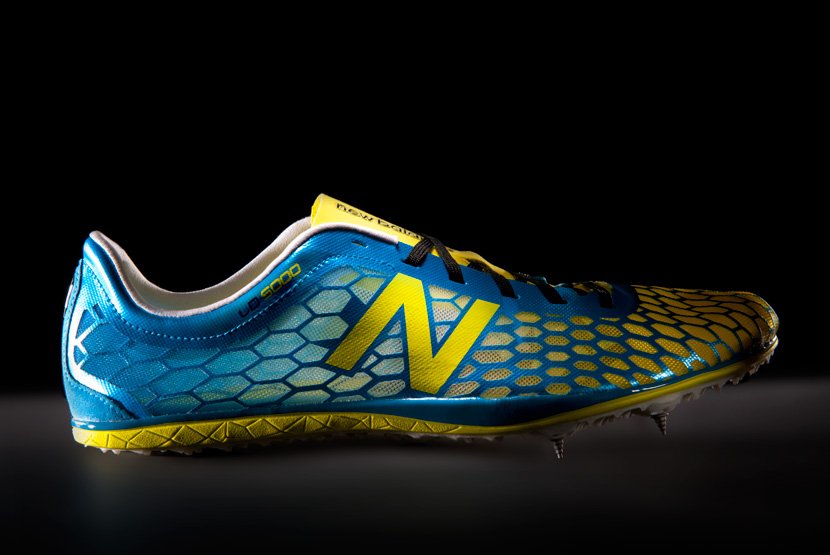With 3-D Printing, the Shoe Really Fits
As 3-D printing matures, shoe makers look to revamp their business models.
Topics
Few new technologies receive more intense interest than 3-D printing. The technology has some predicting that it will revolutionize manufacturing top to bottom, creating new, small-scale manufacturing with little waste.
That promise remains emergent. But it is taking shape. Some of the more intriguing examples come from shoe manufacturers. Nike used 3-D printing for a football cleat it announced in March. That cleat, the Vapor Laser Talon, used 3-D printing to prototype a lightweight plate attached to the shoe. Nike claims this new plate will mean better acceleration for football players who wear it. The company was able to manufacture the plates using 3-D printing as well.
Although Nike isn’t creating plates molded to the feet of individual players, rival shoe manufacturer New Balance is doing customization — not with football players, but with elite runners, as it pilots a 3-D printing process that it thinks could become a mainstream way to make customized running shoes. In January, a top middle-distance runner, Jack Bolas, raced in a New Balance shoe custom-made for his feet using a 3-D printing process.
To make the shoes, New Balance fit the runner with a pair of shoes that used sensors to record data as he ran under simulated race conditions. It also used a motion-capture system and force plates to measure how his feet behaved inside shoes. It took the data gathered from the sensors and created a custom-fit plate for track spikes that was made with a 3-D printer. The plates were attached to a standard upper.
Bolas finished fourth in his first race in the shoes, but told Wired that the shoes “gave me a much more natural feel.” New Balance created a video featuring snippets of the development process for the shoe. The company has since used the 3-D printing process to develop custom shoes for other athletes. It aims to make custom plates and midsoles available to consumers in some locations within five years, it told the Boston Globe.
Image courtesy of New Balance. Photography by Scott Zeuhlke.
A biomechanics researcher told the Globe that New Balance is the leader in using 3-D printing and design for shoes.


 View Exhibit
View Exhibit
Comment (1)
Paul Mulzoff